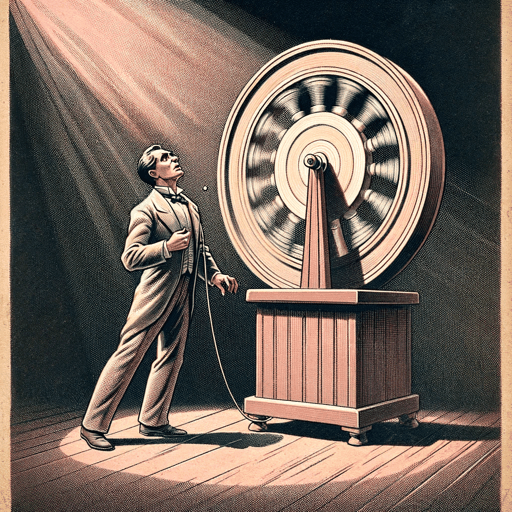25 pages • 50 minutes read
Ralph EllisonFlying Home
Fiction | Short Story | Adult | Published in 1953A modern alternative to SparkNotes and CliffsNotes, SuperSummary offers high-quality Study Guides with detailed chapter summaries and analysis of major themes, characters, and more.
Literary Devices
Parallelism
Throughout “Flying Home,” Ellison utilizes parallelism to signal Todd’s inner transformation. Parallelism is a literary device characterized by the repetition of grammatical structures, phrases, scenes, or ideas in a text. The repeated elements mark a point of emphasis, either stylistically or thematically (often both). By aligning similar elements, especially in a brief story like “Flying Home,” parallelism enhances cohesion and fosters symmetry and balance in the text.
For example, Todd’s flashback to his childhood parallels his present situation, emphasizing its emotional weight. When the story begins, Todd has just crashed his plane; in addition to being injured, he is anxious about how he will be punished when he returns to the airfield. Todd has loved planes since childhood; looking up into the sky to watch planes symbolizes hope for a joyous life. As a child, when he learned that the plane above him was an actual plane instead of a toy, he “cried bitterly; as much from the disappointment of finding the plane so far beyond [his] reach as from the pain” (166). The crash and falling from the sky bring Todd back to his bleak reality and make him feel like flying is once again beyond his reach.
Related Titles
By Ralph Ellison



